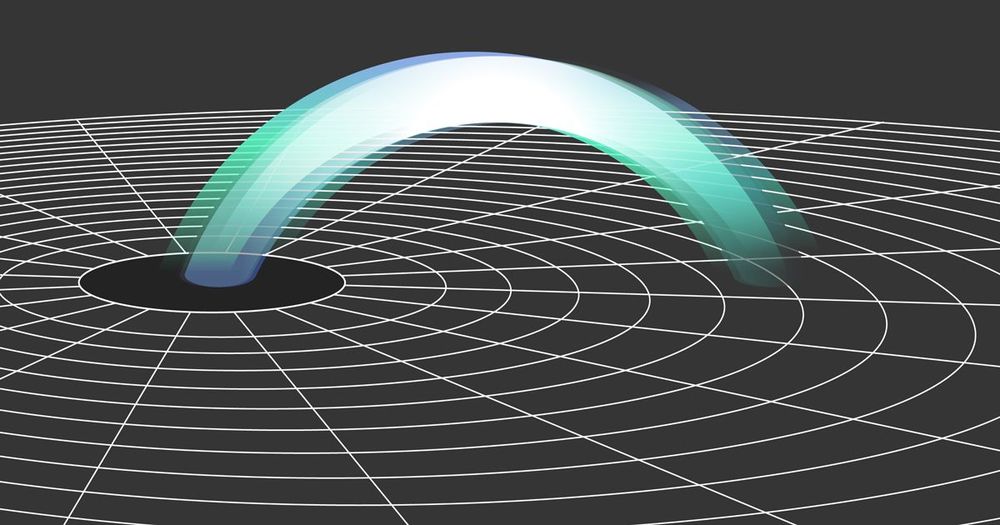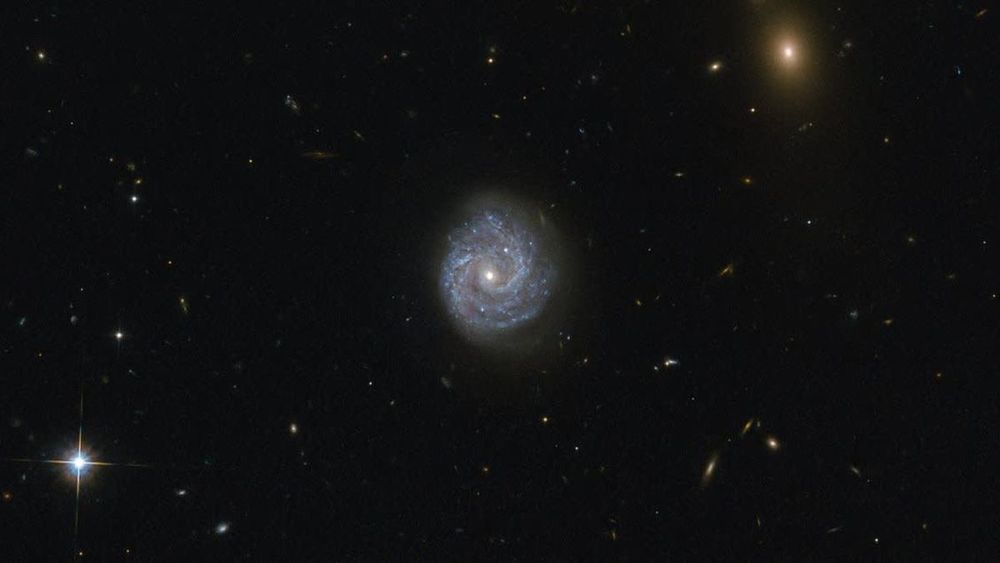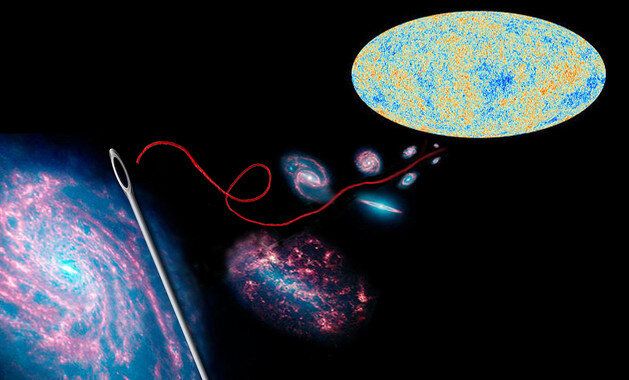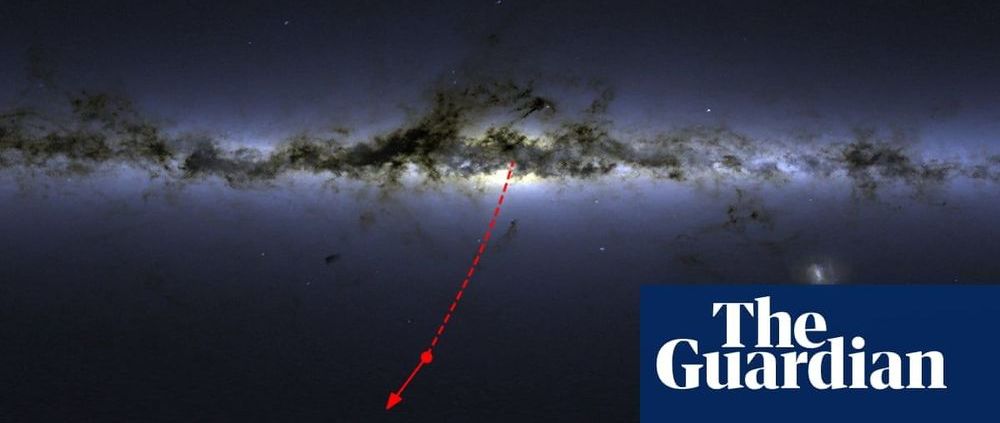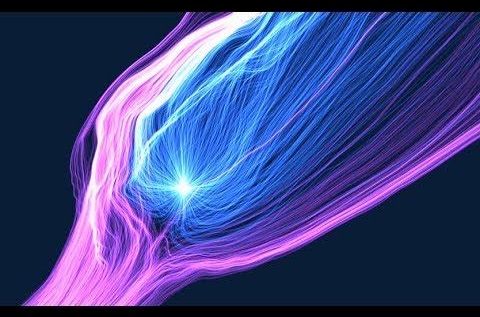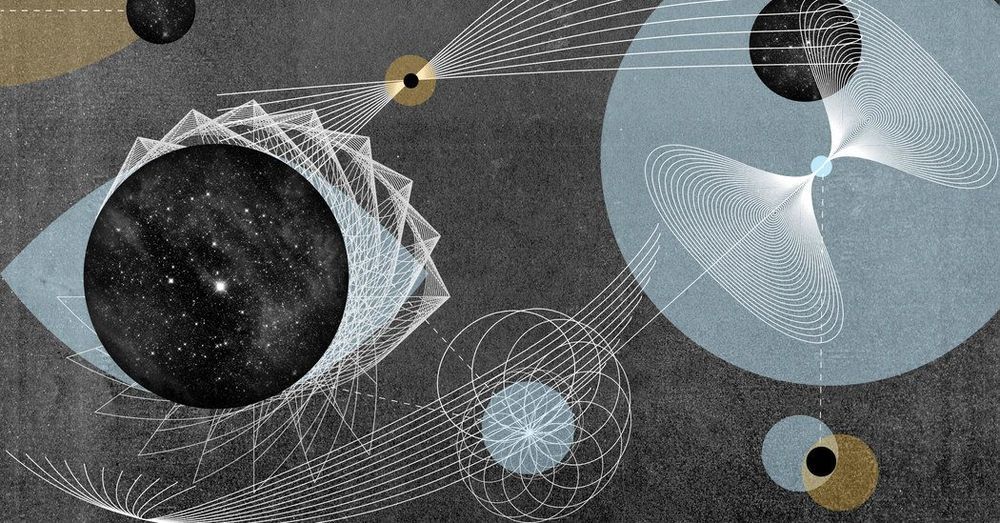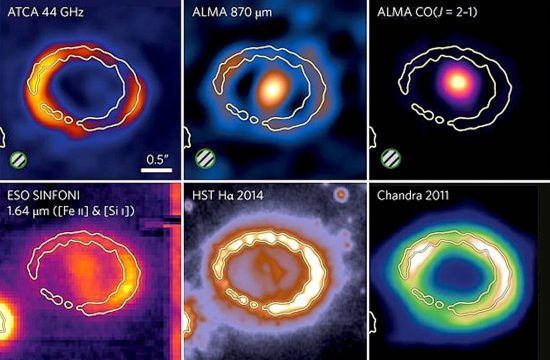Nov 20, 2019
Physicists Claim They’ve Found Even More Evidence of a New Force of Nature
Posted by Quinn Sena in categories: cosmology, particle physics
Everything in our Universe is held together or pushed apart by four fundamental forces: gravity, electromagnetism, and two nuclear interactions. Physicists now think they’ve spotted the actions of a fifth physical force emerging from a helium atom.
It’s not the first time researchers claim to have caught a glimpse of it, either. A few years ago, they saw it in the decay of an isotope of beryllium. Now the same team has seen a second example of the mysterious force at play — and the particle they think is carrying it, which they’re calling X17.
If the discovery is confirmed, not only could learning more about X17 let us better understand the forces that govern our Universe, it could also help scientists solve the dark matter problem once and for all.


